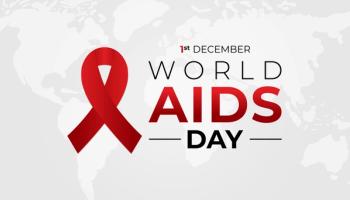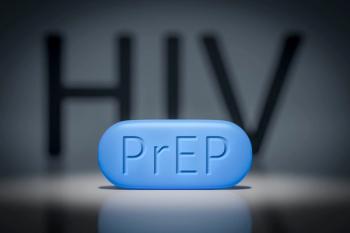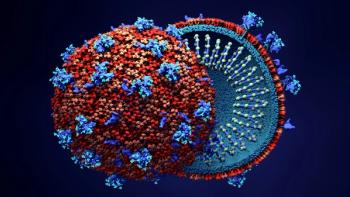
What Is the Best Strategy for Curbing HIV in Uganda? Study Seeks to Answer That Question.
Fred Ssewamala, Ph.D., a Washington University professor and researchers, has been awarded a $3.2 million grant to study HIV intervention strategies among Ugandan young people.
The National Institute of Mental Health has awarded
Uganda currently has nearly 170,000 youth living with HIV according to UNAIDS, and that number continues to rise annually.
In his study, entitled “Suubi+Adherence4Youth in Uganda,” Ssewamala will analyze the Suubi (hope) intervention utilizing a Multi-Phase Optimization Strategy (MOST), a new methodological approach for building, optimizing and evaluating multicomponent interventions.
Suubi, Ssewamala explained, is an evidence-based combination intervention that has four vital components: financial literacy training; incentivized matched youth savings accounts with income-generating activities; intervention for antiretroviral therapy adherence and stigma reduction; and engagement with role models living with HIV who share their lived experiences.
“If we want to improve the lives of adolescents living with HIV, this study will help us decide which intervention component or components are critical in achieving viral suppression in cost-effective ways among these youths,” Ssewamala said in a prepared statement
He added that Suubi has already proved to bring out positive effects on viral suppression and antiretroviral therapy adherence, mental health, psychosocial outcomes, family financial stability and family cohesion.
In 2019, Ssewamala wrote the study protocol for a five-year randomized-controlled trial to evaluate a combination intervention aimed at improving antiretroviral therapy adherence among HIV perinatally infected adolescents (ages 10-16 at study enrollment) in Uganda. The project was funded by the Eunice Kennedy Shriver National Institute of Child Health and Human Development.
In that protocol, he noted his goal was to advance the knowledge of the problem and inform the development of the next generation of programs aimed at increasing adherence to HIV treatment for HIV-positive adolescents in low-resource regions.
“To our knowledge, the proposed study is the first to integrate and test family economic empowerment and stability-focused interventions for HIV-positive adolescents in Uganda, so families would have the necessary finances to manage HIV/AIDS as a chronic illness,” he wrote.
Now, partnering with researchers at the University of California, San Francisco, Ssewamala hopes that addressing the hardships these Uganda youth experience will improve their future livelihoods and provide them the knowledge and resources they need to manage their HIV care more effectively.
He added that his study will respond to calls for expanding differentiated care approaches for these adolescents and to discover new forms of HIV interventions by looking to intervene in social and structural inequities that intensify the risk for high viral loads.
“The results of this study will not only advance intervention science for HIV care globally, but also build the evidence base for policymakers in resource-constraint settings for the best return on public health investment,” Ssewamala said. “The study will provide crucial evidence about the effects of an economic empowerment program on short and long-term impact, which is essential if such interventions are to be taken to scale.”
The Brown School trains of social science researchers and awards masters and doctorate degrees in social work and public health and has a number of other, degree-conferring academic programs.
Newsletter
Get the latest industry news, event updates, and more from Managed healthcare Executive.




